Wear OS 6: One UI 8 Watch, Material 3 Expressive, Gemini, & more
Powering the Pixel Watch 4 and Galaxy Watch 8, Wear OS 6 makes key changes to the UI, watch faces, battery life, and more.

Wear OS 6 is the latest software powering your favorite Android smartwatches. Powering the Galaxy Watch 8 series and the upcoming Pixel Watch 4, Wear OS 6 is the platform's biggest in years.
We tried out Google's stock version of Wear OS 6 at Google I/O, and the new Pixel Watch 4 has its own exclusive spin on the software. Key highlights include a redesigned UI based on Material 3 Expressive with new scrolling animations and transitions, dynamic color theming, and redesigned buttons and tiles.
Samsung, meanwhile, built One UI 8 Watch off Wear OS 6, and its version is quite different. New features like Multi-info tiles and the Now Bar make the Galaxy Watch 8 UI more closely resemble Samsung's phone interface. And One UI 8 Watch has several key exclusives like antioxidant index and vascular load.
This Wear OS 6 guide will break down everything that's changed from Wear OS 5, along with which Android smartwatches are due to receive the update and when.
Material 3 Expressive
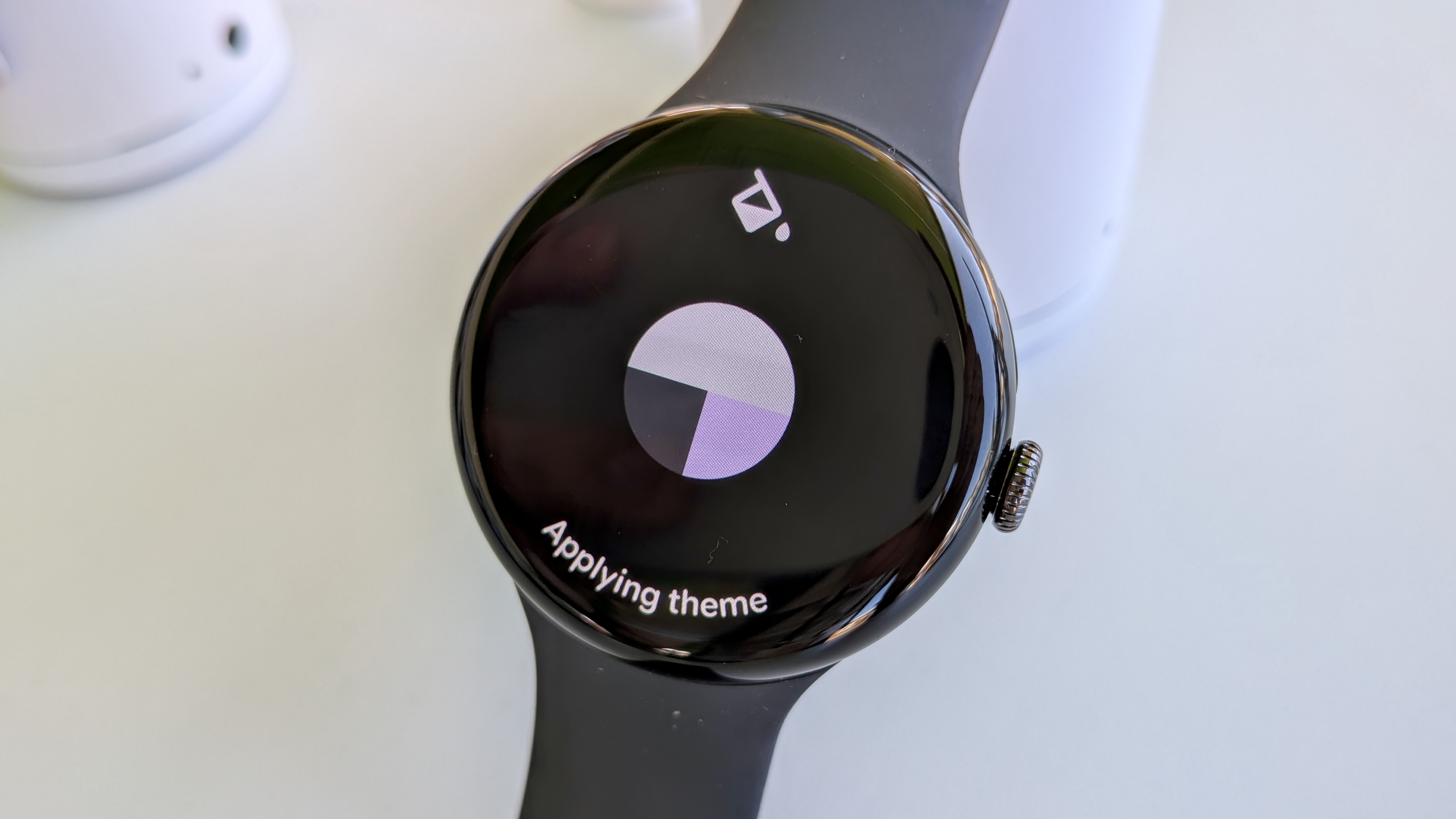
Google used Wear OS 6 to launch a new design language called Material 3 Expressive. It emphasizes fluid scrolling animations and transitions, dynamic color theming picked from your watch face, space-efficient content that hugs the display edge, and new Tiles with more condensed information.
Specific to Wear OS, the Wear UI Design guide explains how Google has embraced a round shape framework, controls that "respond more accurately to user gestures," and a third accent color.
UI elements morph to compensate for the Pixel Watch's limited screen space. The GIF below shows how menu content shrinks as it leaves the screen or expands at the center. All menus and Tiles end with an Edge Hugging button that rises from the display's bottom, inviting you to see more content.
Get the latest news from Android Central, your trusted companion in the world of Android
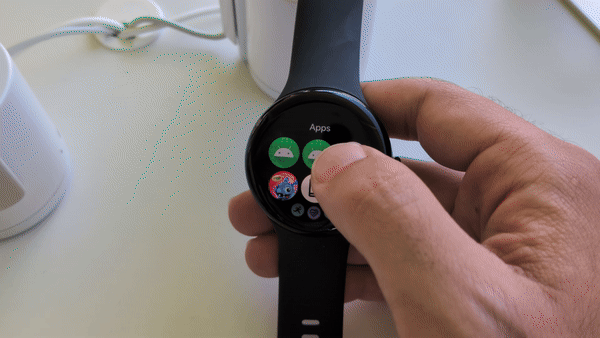
Plus, some UI elements morph when tapped; on a keypad, for example, tapping the "5" will enlarge that button while shrinking the 2, 4, 6, and 8 buttons to make space.
Whichever watch face you choose, Wear OS 6 will take its primary colors and inject them throughout the UI, giving it a more personalized feel compared to past versions.
Material 3 Expressive also changes Tiles for the better. Each has a 3-slot layout, with an app icon and name on top and a bottom-edge button sandwiching your main Tile button actions. Text-heavy Tiles like Gmail might only fit two buttons, while the Contacts Tile fits up to five contact shortcuts. Basically, these new Tiles use the space more economically to fit more user options.


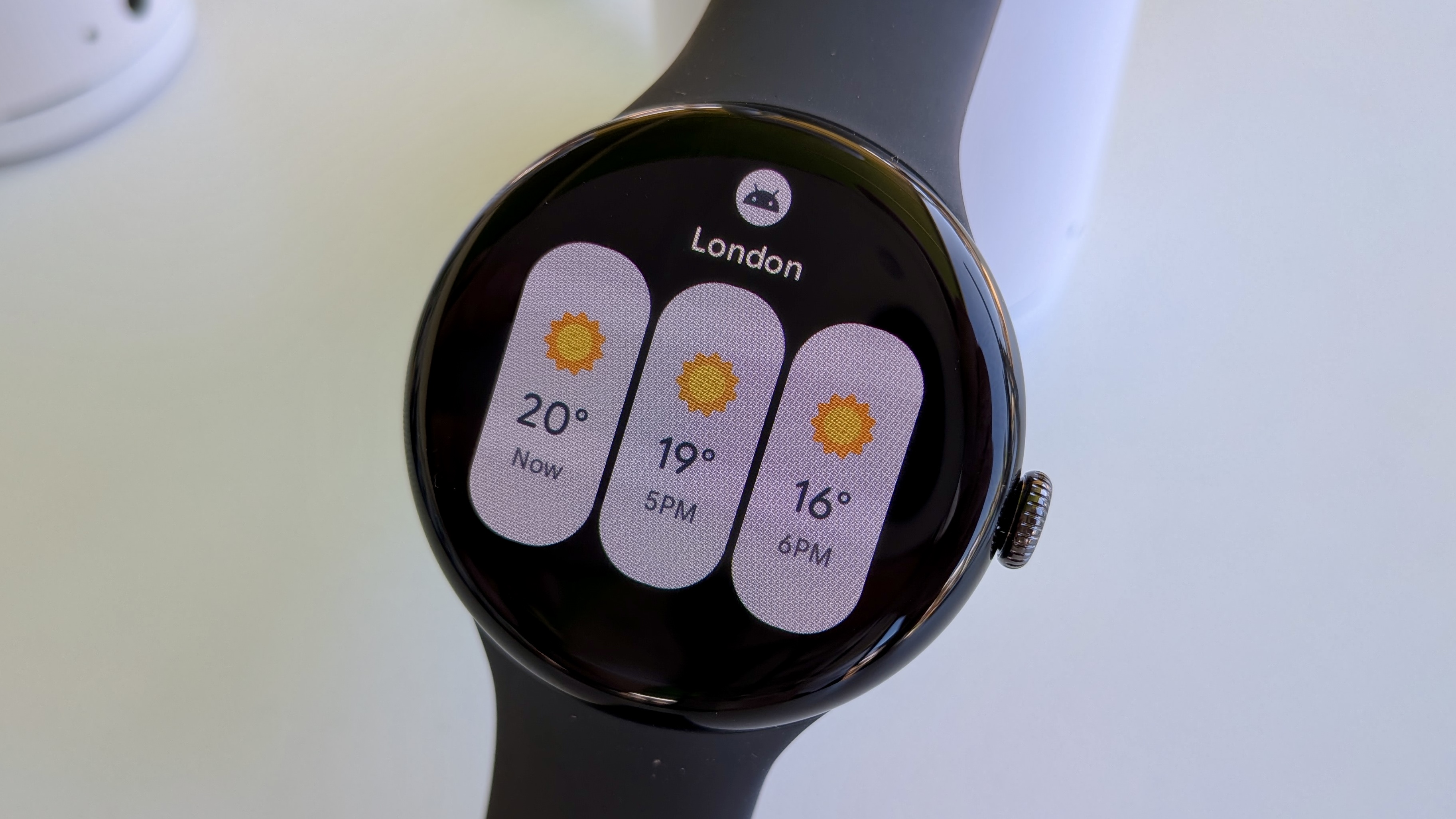
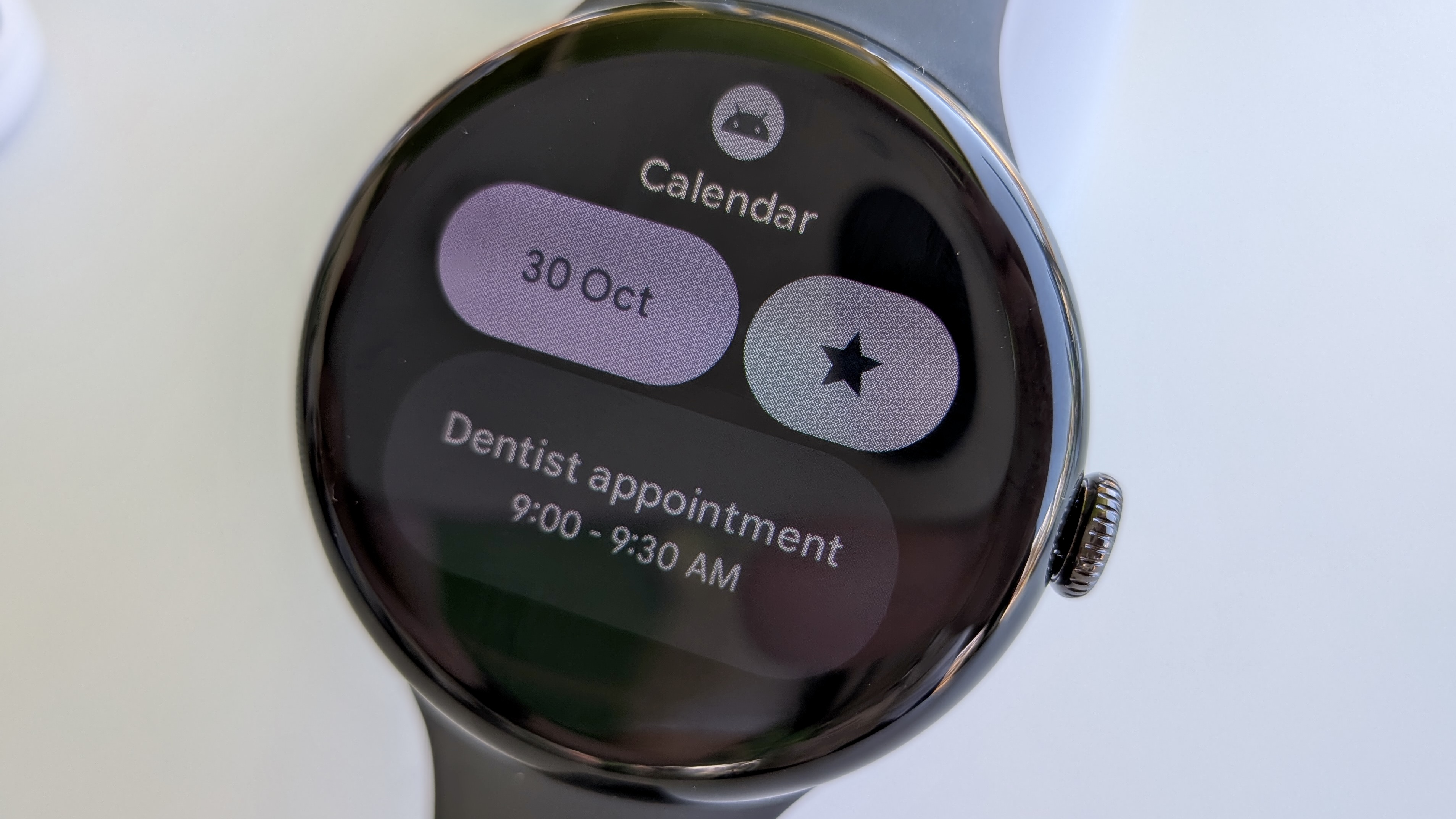
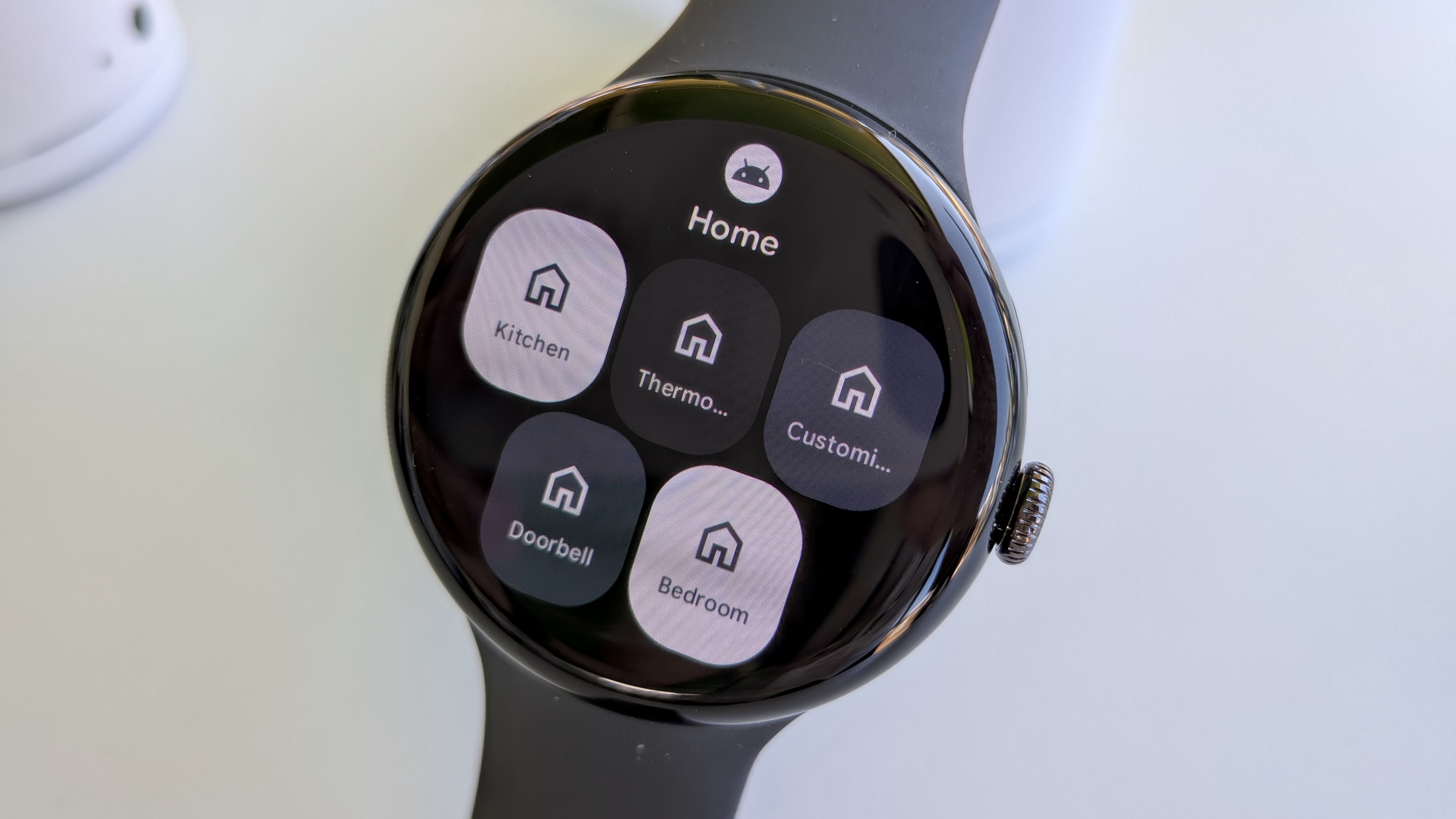

Along with these more space-efficient and dense tiles, your Wear OS 6 notification stack has also improved. As you scroll through, the middle notifications show the most information, while those at the top and bottom show brief snippets of info.
Rounding out the list of Wear OS 6 changes, app devs can now program what information appears in AOD mode, such as the song name and media controls remaining visible in a music app.
Overall, UI and UX on Wear OS 6 will feel like a very different experience from Wear OS 5. And in the backend, this version is 10% more battery efficient with a promised boost to performance quality. Based on our early Wear OS 6 test, the new UI didn't cause any lag.
New watch faces

Wear OS 5 prioritized battery-efficient Watch Face Format (WFF) XML faces, blocking all third-party watch face apps like Facer because their faces could drain watch battery life quickly. Now, Wear OS 6 brings back custom watch faces, thanks to the new Watch Face Push API.
As outlined in the Developers blog, Wear OS 6 gives approved 3rd-party watch face apps one "slot" in your smartwatch's favorites menu. Choose a new face in Facer or WatchMaker, and it'll get pushed to that slot. You can only use WFF faces, but these storefronts have already shifted most of their library to this format; Facer, in particular, tells you under each face how much battery life it'll use.
First-party Google and Samsung watch faces still get priority in the watch face menu, but considering they cumulatively only have about 100 faces, it's nice to have hundreds of thousands of custom options available again.

Watch Face Format has received some minor upgrades. Faces can show a Google Photos gallery that shows new photos at set intervals or with a user tap. Devs can create a custom transition between AOD and active mode, too.
For complications, devs can show different complication colors based on the value, such as brighter colors for higher temperatures or step counts. And text can autosize to fit a specific cell, so that 100 or 10000 steps fit inside the same amount of space.
One UI 8 Watch
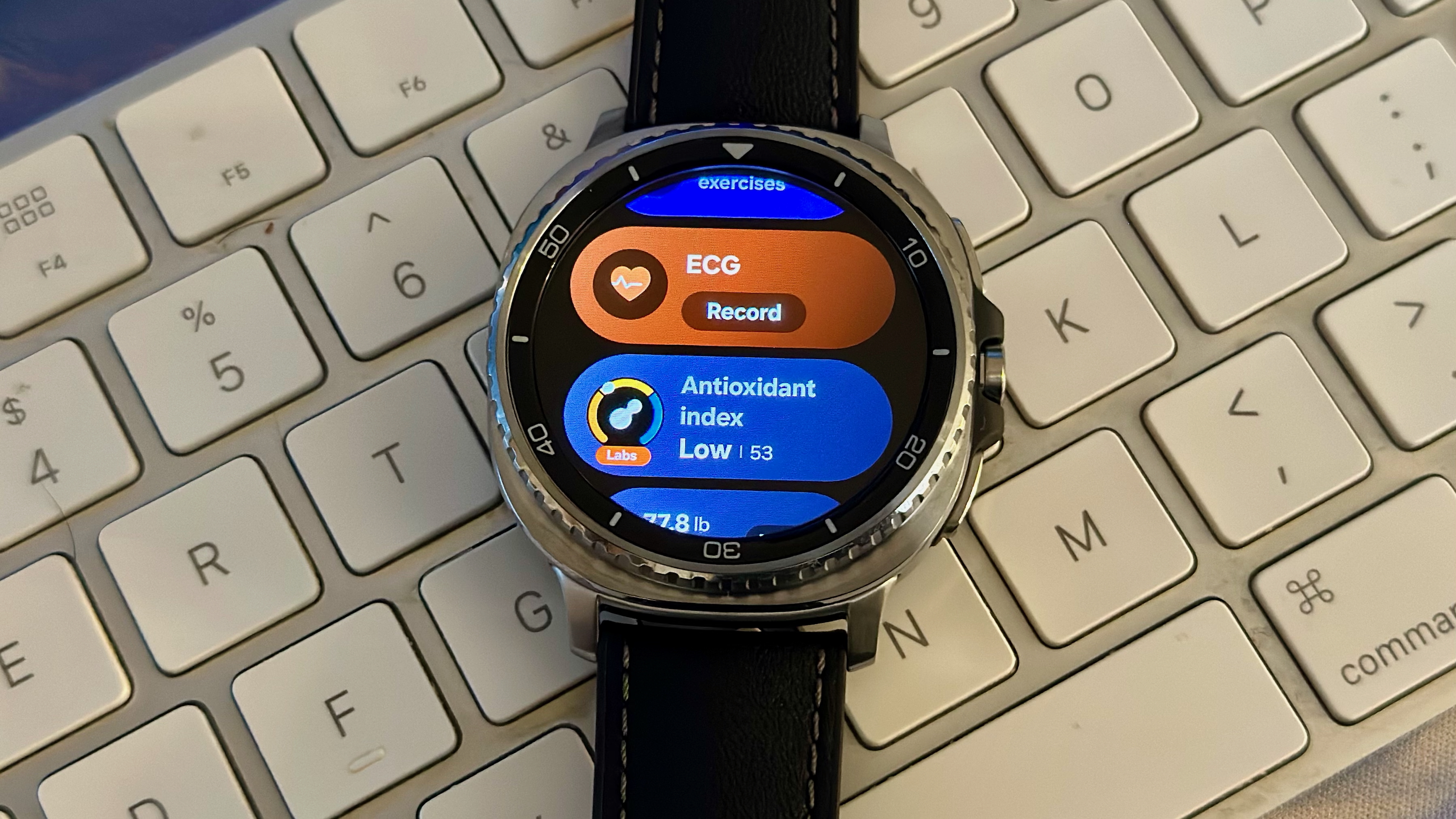
One UI 8 Watch powers the Galaxy Watch 8 and Watch 8 Classic, and will soon come to older models. Some stock Wear OS 6 developer tools and battery improvements apply, but Samsung mainly applied its own changes instead of Google's.
The new multi-info Tiles, for example, use a scrolling layout instead of Google's static, contained one. You can have a Health tile that includes multiple data points and sensor tools, so you can find them all in one place instead of having to scroll through multiple Tiles.
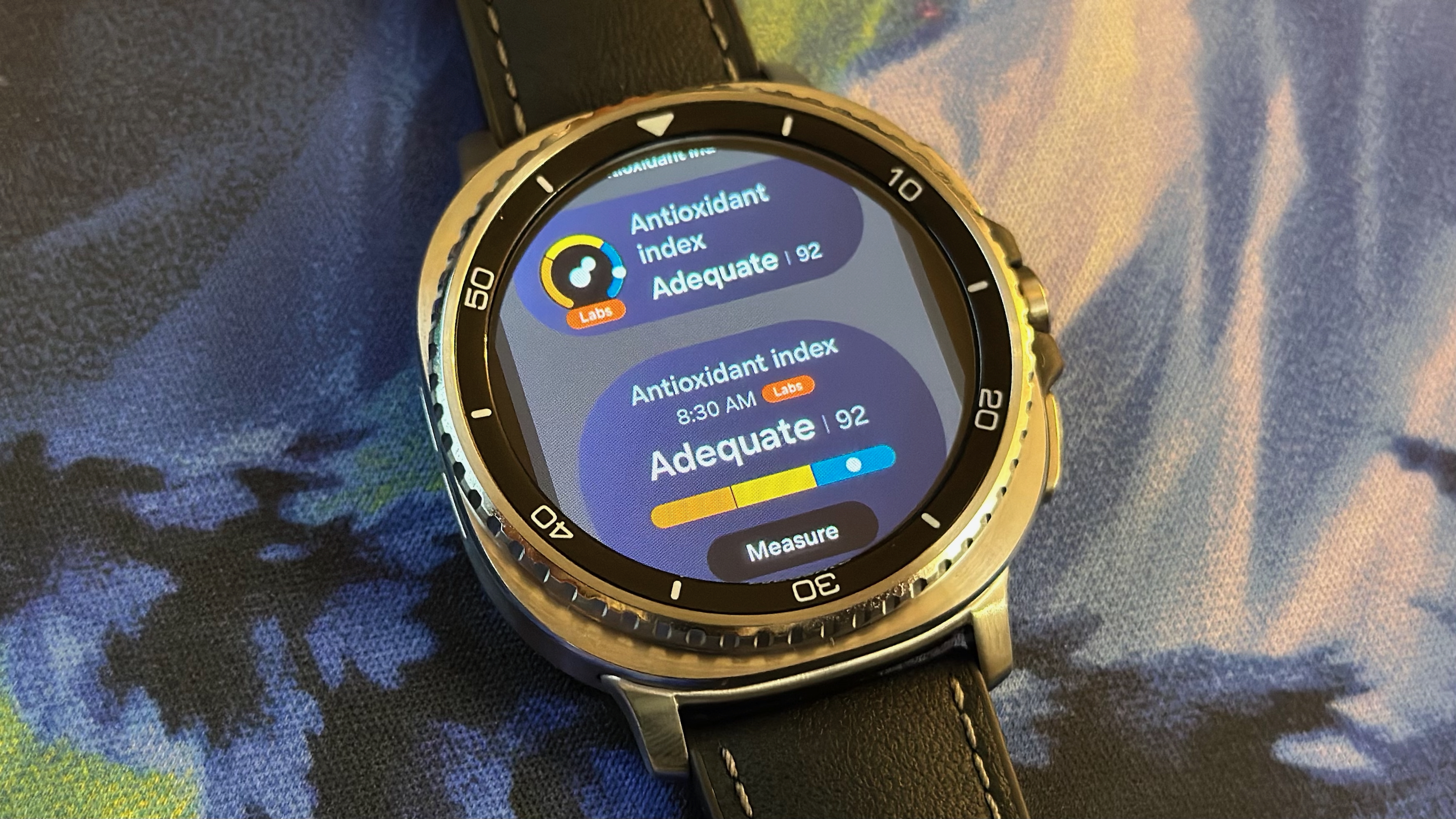
Plus, you can choose between two different tile sizes for some apps, depending on how much information you want to show.
So far, only Samsung apps work for this format, while Google and third-party apps use the stock Wear OS 6 format. Hopefully, more apps will be able to use this format in the future.
Otherwise, One UI 8 Watch adds a Now Bar function that highlights contextually relevant information on the main watch face via a double-tap gesture. And the app drawer can be set to show your most-used apps at the top to save you time.
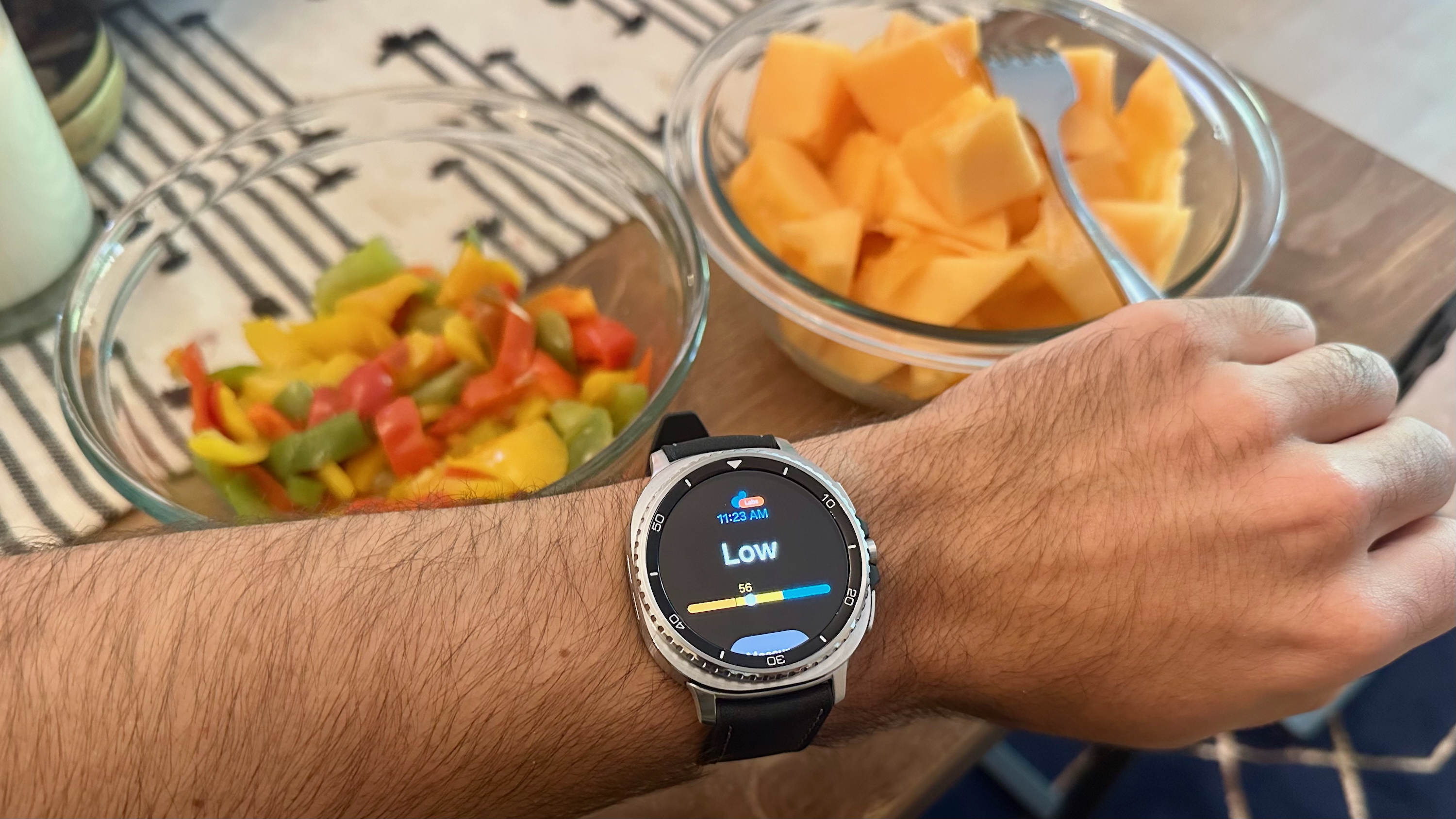
UI changes aside, One UI 8 Watch added four new Samsung Health features: Antioxidant Index, Bedtime Guidance, Running Coach, and Vascular Load. Unfortunately, several of these features will be exclusive to the newest Galaxy Watches, so the older models won't receive them with the update.
Antioxidant index tracks whether your body is receiving enough carotenoids, the pigment that gives many yellow, orange, and red produce their tint; it's also an antioxidant, with positive health benefits on your body that prevent some diseases and aging.
Bedtime Guidance tracks your body's circadian rhythm in order to recommend when your body needs to go to bed in order to recover and build up a higher Energy Score.
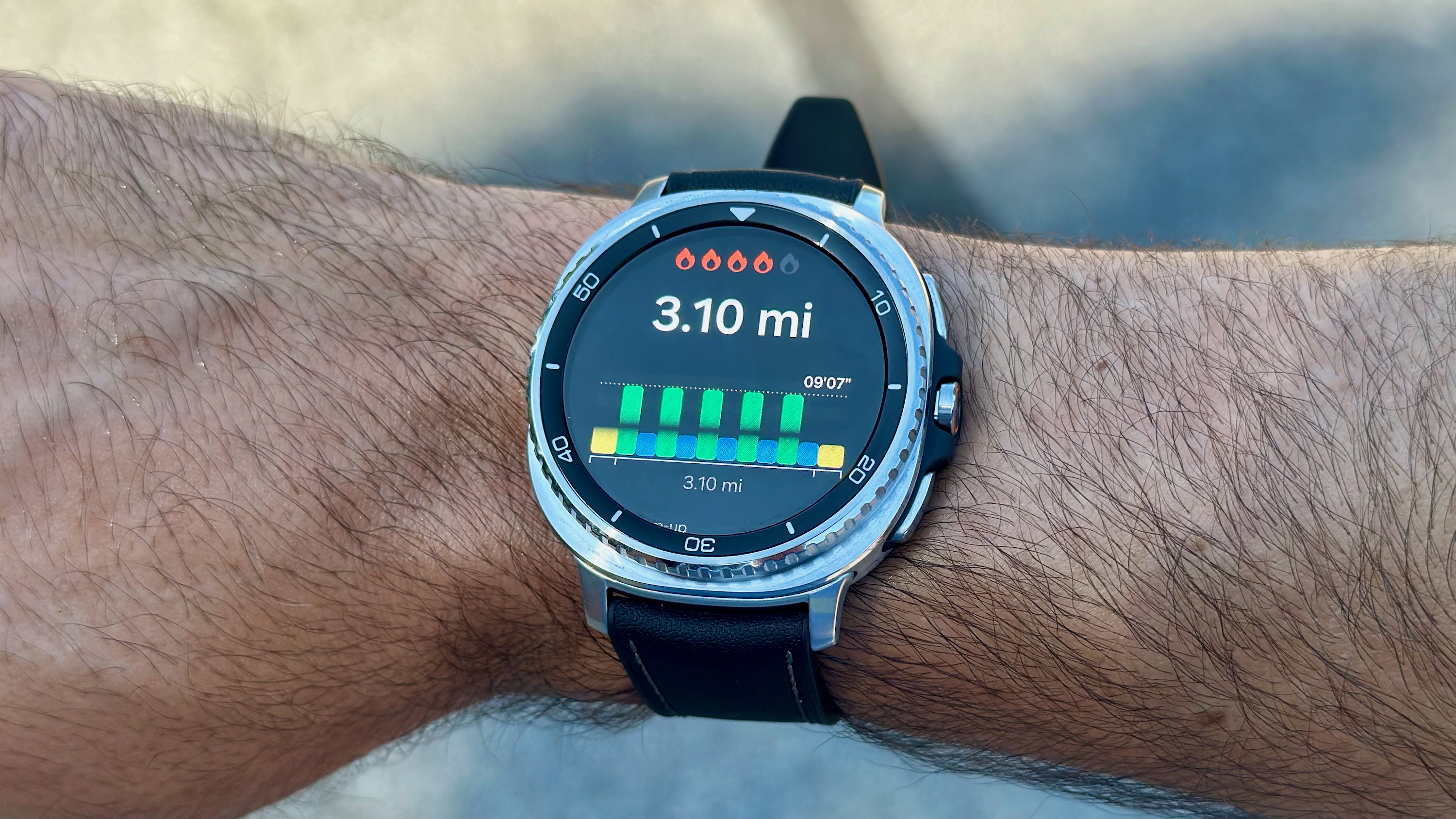
Samsung's Running Coach has you do a 12-minute running test to judge your fitness level, giving you a level 1–10 grade and then building a weeks-long workout plan to help you improve and run longer races. The plans include a wide range of workout activities, but it can be frustrating that you can't choose your own distance goal or edit suggested workouts if you're faster than Samsung thinks you are.
Finally, Samsung's Vascular Load judges your body's nightly stress levels to warn you if certain lifestyle choices — high sodium, alcohol, exercise, poor sleep, or blood pressure — are having an inverse effect on your body.
Gemini on Wear OS
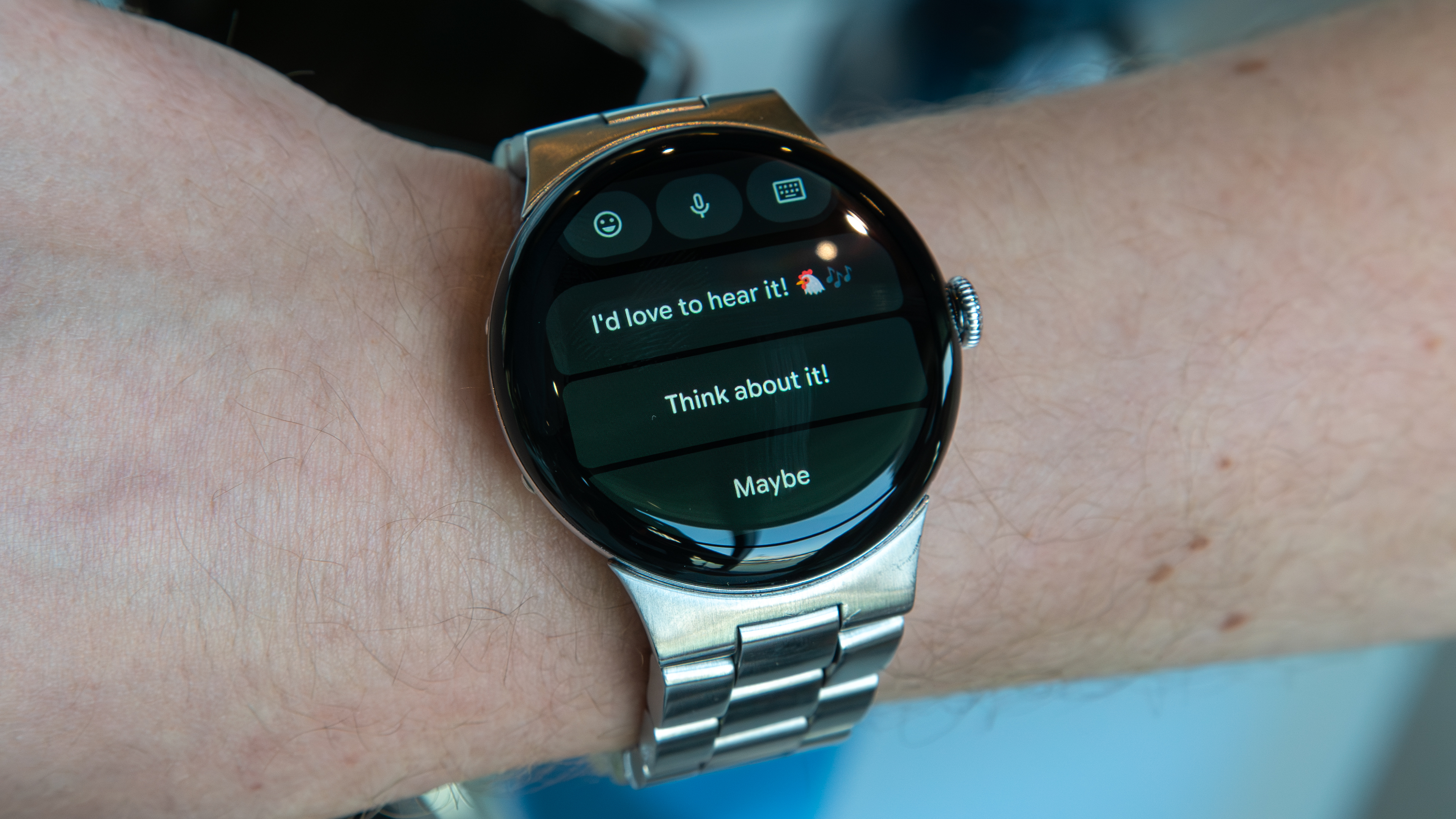
Google replaced Google Assistant across Wear OS 4 watches, so your current Android watch should already have it.
Gemini on Wear OS uses LLM data and information from connected Google and Samsung apps to give you better contextual answers. For instance, it will be able to sync with Search, Maps, and Calendar to check nearby theater times and set a calendar date for a specific showing.
The Pixel Watch 4 will have an improved version of Gemini, with the Raise to Talk feature so that you can speak to the AI without a button shortcut or wake word, as well as on-device smart replies to questions. We don't know yet if this feature will come to other Wear OS 6 watches.
Wear OS 6 eligible watches
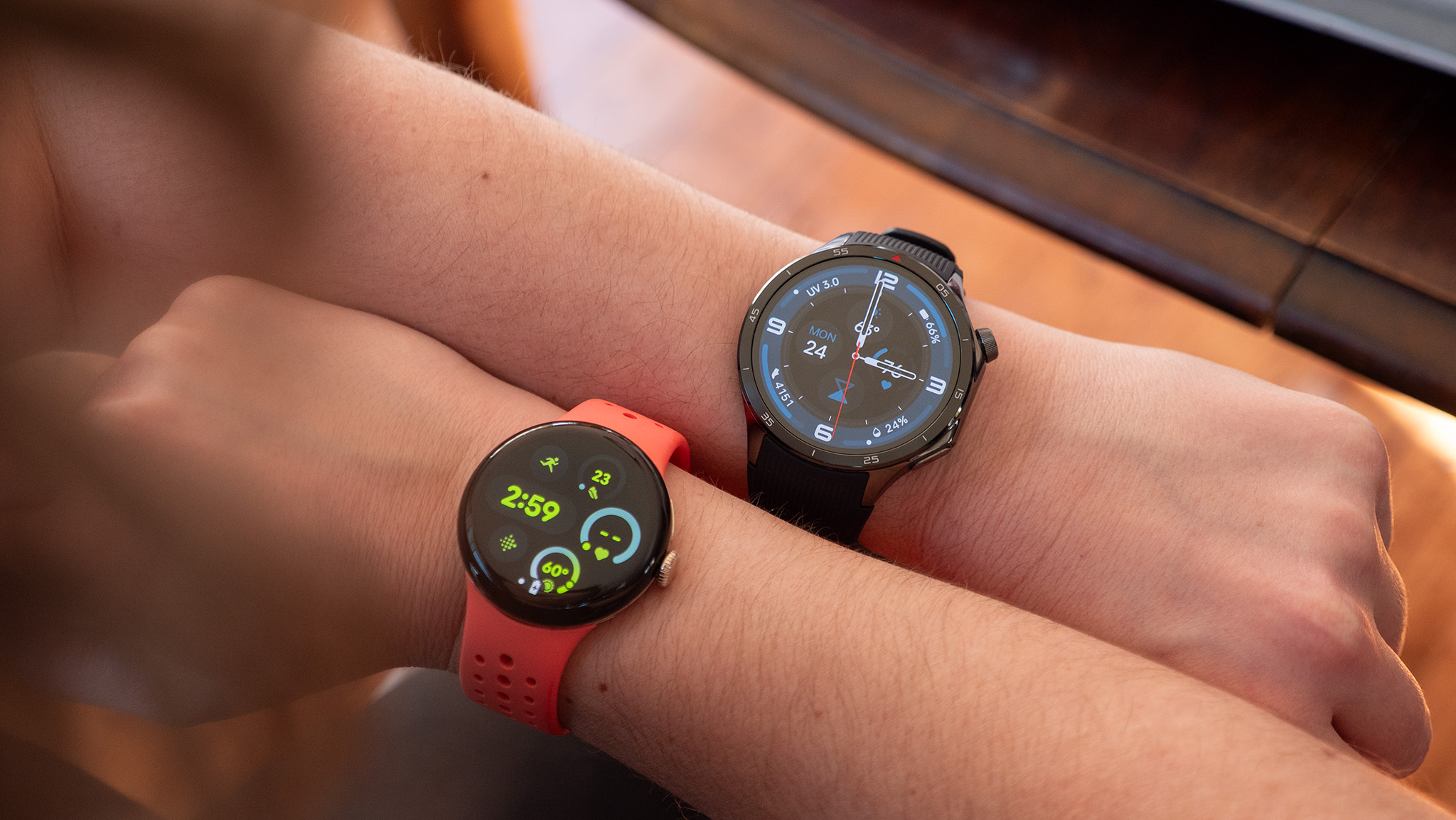
Wear OS 6 will arrive on the Galaxy Watch 8 and Pixel Watch 4 in late summer or early fall this year, before any other smartwatches. After that, there are a dozen other Android smartwatches eligible to receive Wear OS 6.
Samsung has promised that all Galaxy Watches will get four years of major updates. The Galaxy Watch 4, which initially launched with Wear OS 3 and received updates to Wear OS 3.5, 4, and 5 in subsequent years, will conclude its update cycle with Wear OS 6.
All other Galaxy Watches with Wear OS software should receive the latest update as well. We haven't gotten confirmation whether the budget Galaxy Watch FE will get four years, but Wear OS 6 is a given.
- Samsung Galaxy Watch 4 / Watch 4 Classic
- Samsung Galaxy Watch 5 / Watch 5 Pro
- Samsung Galaxy Watch 6 / Watch 6 Classic
- Samsung Galaxy Watch 7
- Samsung Galaxy Watch Ultra
- Samsung Galaxy Watch FE
Samsung delivered Wear OS 5 to last-gen watches from November–December 2024, so expect Wear OS 6 around that same window in 2025.
Google has promised three years of updates for its Pixel Watches, but wasn't entirely clear on whether that meant version updates or security updates. The first Pixel Watch launched with Wear OS 3.5, so Wear OS 6 will be its final update if Google does support it.
- Google Pixel Watch*
- Google Pixel Watch 2
- Google Pixel Watch 3
Assuming Google doesn't have any update issues like its Wear OS 5 rollback, the Wear OS 6 update should come to these Pixel watches shortly after the Pixel Watch 4 in late summer or early fall.
OnePlus confirmed that its Wear OS watches will receive two version updates, making Wear OS 6 the final update for the OnePlus Watch 2 and Watch 2R.
- OnePlus Watch 2
- OnePlus Watch 2R
- OnePlus Watch 3
OnePlus also confirmed these watches won't get Wear OS 5 until "Q3 of this year," theoretically by end of September. So we can assume Wear OS 6 will be similarly delayed into September 2026 for the OnePlus Watch 3 and Watch 2. The unannounced OnePlus Watch 4 should get it in spring 2026, in theory.
Mobvoi doesn't guarantee updates, and we're still waiting for recent models like the TicWatch 5 Enduro and TicWatch Atlas to get Wear OS 5. They received Wear OS 4 in September 2024, so hopefully it arrives soon. In theory, Wear OS 6 would arrive in fall 2026, with the caveat that TicWatches don't support Google Assistant or Gemini.
Lastly, Xiaomi watches began receiving Wear OS 5 in August 2025, so we'd expect Wear OS 6 around the same time next year.
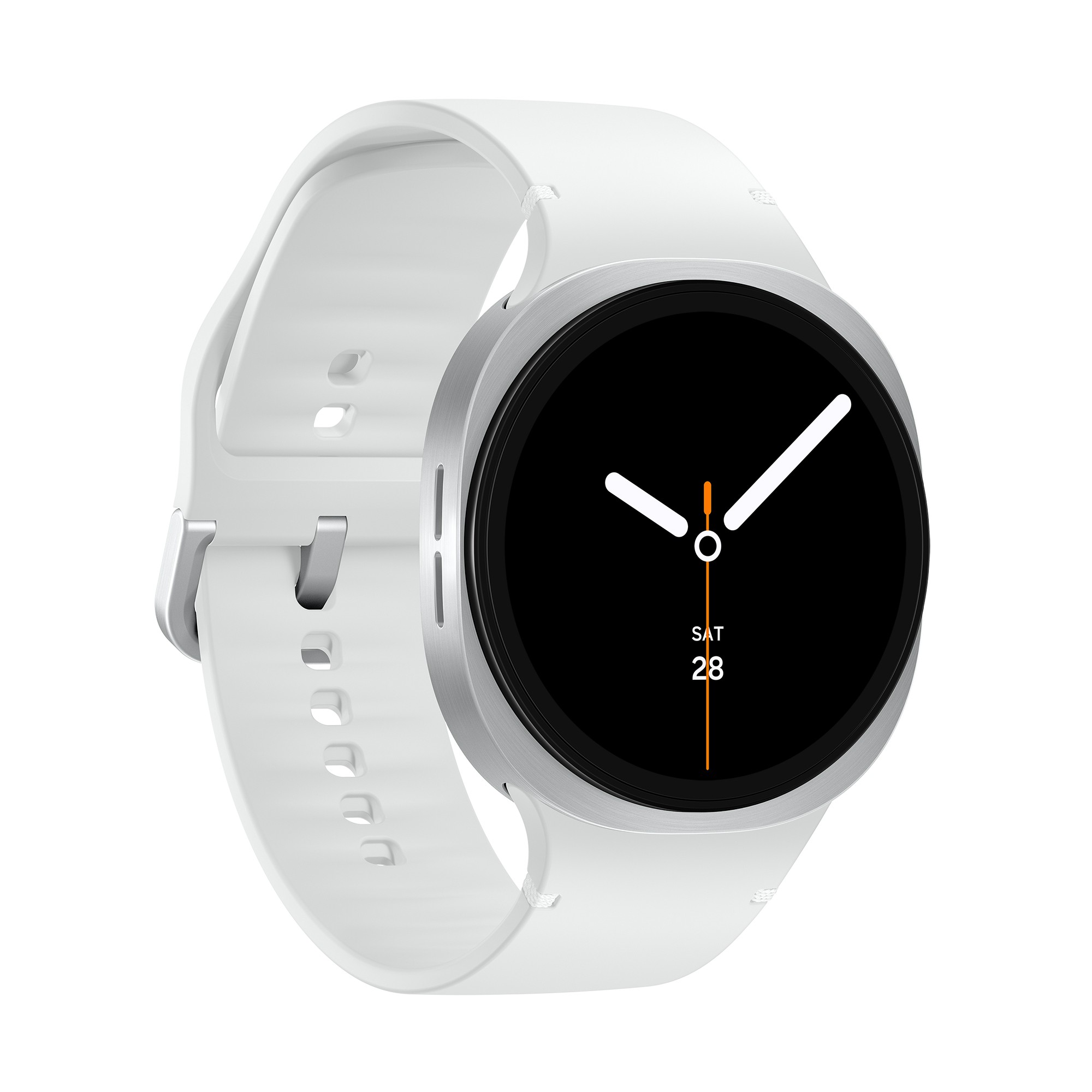
First with One UI 8 Watch
Excited to try out Samsung's new UI features like multi-info Tiles and the Now Bar, or its new Samsung Health tricks like the antioxidant index? The Galaxy Watch 8 is a lightweight, affordable smartwatch with key upgrades like a 3,000-nit display and a slight battery capacity boost — and it'll get four more Wear OS updates through 2029.

Michael is Android Central's resident expert on wearables and fitness. Before joining Android Central, he freelanced for years at Techradar, Wareable, Windows Central, and Digital Trends. Channeling his love of running, he established himself as an expert on fitness watches, testing and reviewing models from Garmin, Fitbit, Samsung, Apple, COROS, Polar, Amazfit, Suunto, and more.
You must confirm your public display name before commenting
Please logout and then login again, you will then be prompted to enter your display name.
